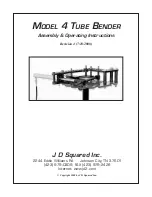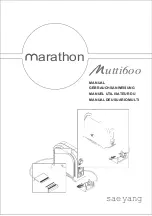
User Manual
Doc. Number: ESO-323064
Doc. Version: 2
Released on:
Page:
26 of 82
Document Classification: Public
3.2.3.2 Fabry Perot Etalon System
An etalon for CRIRES is an addition that was recommended during the design reviews.
Such an additional wavelength calibration device mitigates shortcomings of other devices
such as the hollow cathode lamp. A Fabry-Perot etalon (or Fabry-Perot interferometer, FPI)
can be used to create a periodic signal in frequency space by means of interference. Each
of these fringes serves as a reference marker to tackle the wavelength calibration. For this
purpose, a continuum light source with a feature free, flat broadband spectrum is coupled
to a Fabry-Perot cavity, where interference is produced (see Figure 18). The choice of cavity
length and the properties of the cavity's windows/mirrors (finesse, F) determine the peak
separation (free spectral range, FSR) and the line strength (sharpness, contrast). The FSR
and contrast can thus be tuned and optimized to match the spectrograph's resolving power,
sampling, and wavelength range.
Figure 18: Top: 3D Model of the FPI system in the vacuum chamber (cut view). The vessel
layout and gauges are also shown. Bottom: Simplified working proto-type FPI unit.
The major advantages are comb-like, equidistant reference lines over the design range with
high homogeneity, equally strong spectral features, thus homogeneous line contrast,
broadband coverage with no gaps and a high line density. The FPI subsystem comprises a
sealed vacuum vessel, standard ESO vacuum pump and a halogen light source. The vessel
is pressure tight. Sub-atmospheric pressure is achieved by daily pumping (duration ~30
mins) to ≤10
-3
mbar, this pumping process is independent of the main spectrograph cryo-
vacuum subsystem. An interlock valve closes the FPI chamber in case of pump failure. All
three components are secured on a bench in the base of the warm structure as illustrated
















































